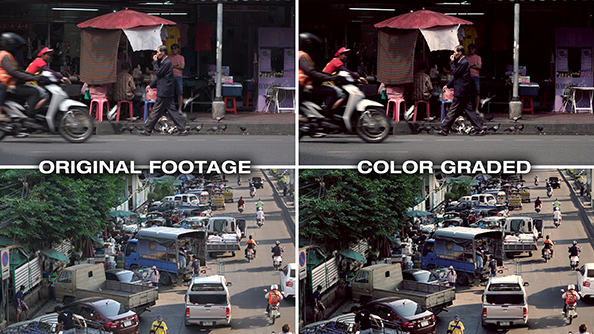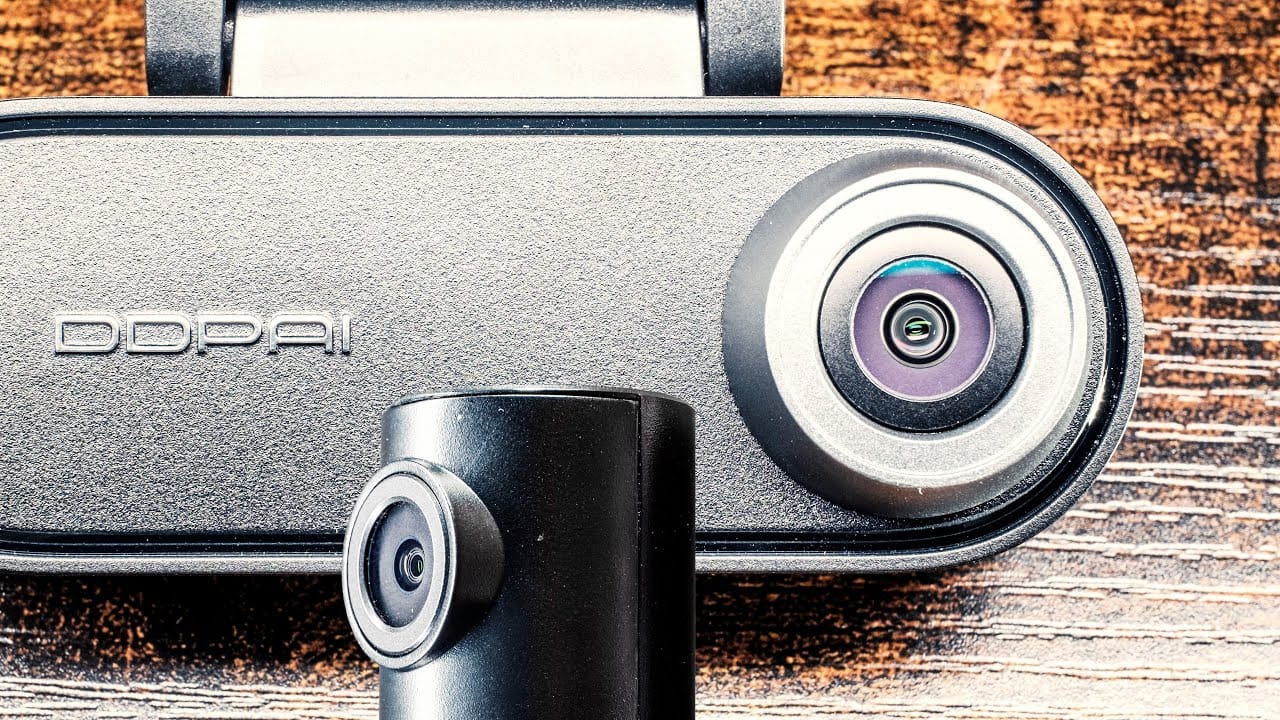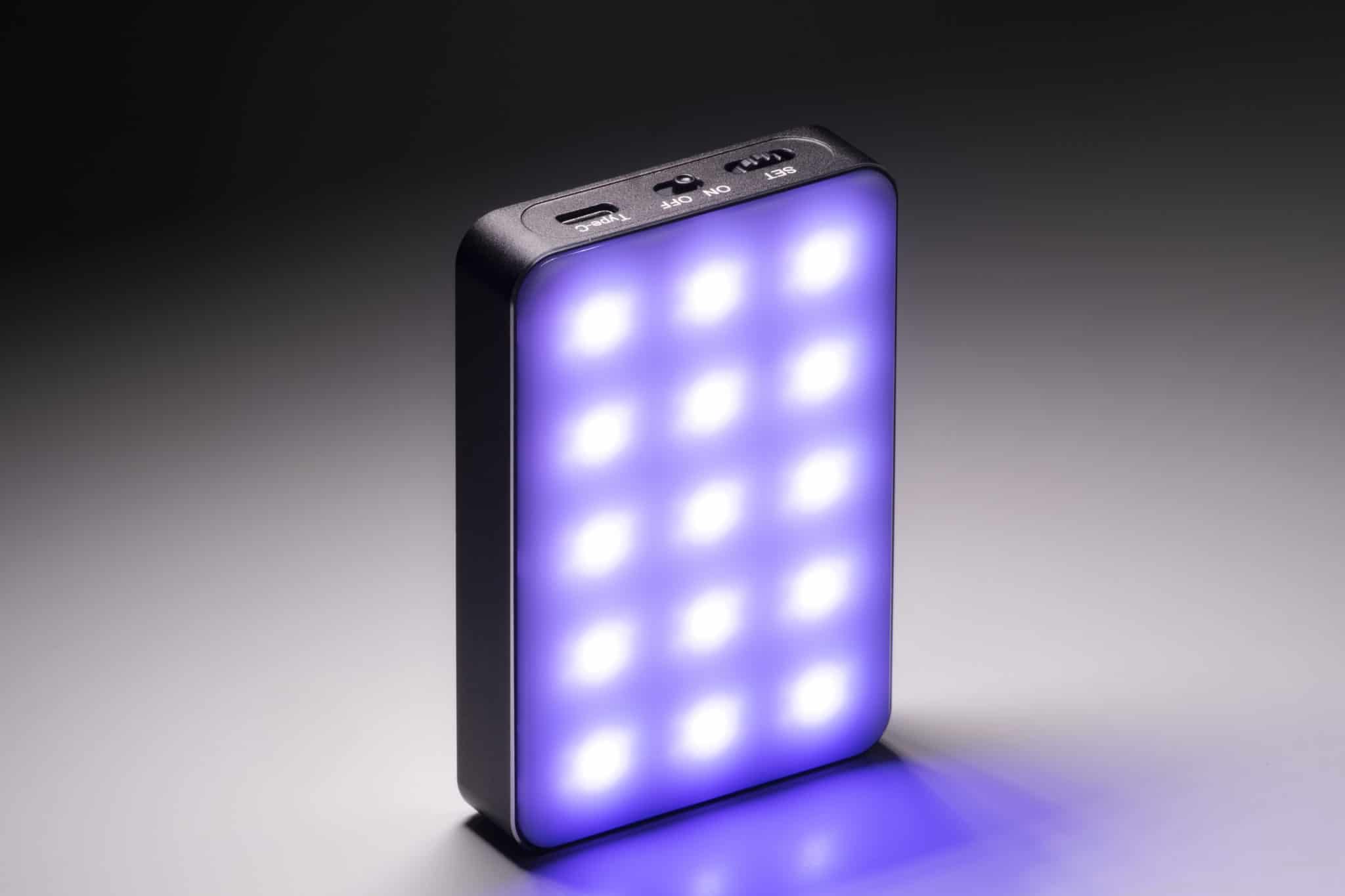Two years ago we were in Thailand and filmed a short film called THAILAND’S DIVERSITY with the Canon EOS 650D (Rebel T4i). You can read more about the production here. The film was mostly filmed in the country side but also in Bangkok to show the variety of Thailand, its beautiful culture and nature.
In March 2014 we came back to Bangkok for a few days. We brought three cameras: Sony DSC-RX10, Blackmagic Pocket Cinema Camera and Canon EOS 7D.
The Sony DSC-RX10 was the ideal choice for hand-held and walking shots because of the great image stabilization and the fixed lens. It also gave us the chance to shoot slow motion in 1080p which a lot of cameras still can’t. People don’t pay much attention to such a camera because they think “Oh, just another tourist taking pictures…” It doesn’t look too big and not as professional as a DSLR which is a benefit if you don’t want to disturb people. That was one of the reasons why I didn’t put a microphone on top most of the time and to be honest, the internal sound of the RX10 stereo mic is pretty good. In the beginning of the short film we made in Bangkok you hear rain. The sound wasn’t recorded with an external microphone but with the internal mic.
We are still impressed by the image quality of the Sony DSC-RX10 when filming in bright daylight. The detail and sharpness is totally different compared to footage captured with a 5D or 7D. Low light can be a problem because in some situations blocking and artifacts are visible, not so much image noise.
To be able to get detailed shots of the street of Bangkok from the 30th floor of the hotel we stayed in, I knew that a certain camera would be ideal. The Blackmagic Pocket Camera is incredible when it comes to delivering detailed footage. I shot a lot of stuff out of the window of the hotel room using the Canon 24-105mm F/4 with an EF-MFT adapter. Since raw takes much more time in post and also eats up too much storage it was clear that we would film in ProRes (the BMPCC still doesn’t shoot in Avid DNxHD which can be handled well on Windows PCs and Apple MACs).
Why not shoot all the stuff with the Pocket Camera? The answer is easy: Even it is a small camera that is supposed to fit in your pocket – it isn’t ideal for hand-held. The problem is that we don’t have any MFT lenses or others that are supported by the Pocket Camera. What that means is that our the image stabilizer of our Canon lenses doesn’t work with the Blackmagic MFT mount. Even when using the Tokina 11-16mm F/2.8 you can see the shakiness when filming hand-held especially at high temperatures 😉 . The next point is of course the lens choice and huge amount of data. So it was clear not to run through the streets of Bangkok with the BMPCC but with the versatile Sony RX10.
The BMPCC has a timelapse mode which is useful but compared to using a DSLR for timelapsing it isn’t that great. It only shoots 1080p and when taking still images and putting them together into a sequence to create a timelapse you have the ability to crop and correct some mistakes because the files are much bigger: 4K or even 5K.
I decided to use the Canon EOS 7D for the timelapses escpecially for the night shots. Most video cameras can’t expose longer than 1/25 of a second but stills camera can. The long time exposure timelapses were all captured with the 7D. The Sony RX10 actually has the ability to expose up to ¼ of a second in video mode which we didn’t knew at that point of time.
In the beginning of the video is a timelapse in the rain which is footage from the RX10 just sped up. The rest is all from the 7D.
The short film is titled MOMENTS IN BANGKOK and was edited using Adobe Premiere Pro CS6 because we didn’t had the time yet to switch to CC. The layout is different so we have to get used to it… The grading was a combination of our color grading presets in After Effects and the grading tool Filmconvert. We are currently testing different plug-ins and LUTs to find out which presets or tools are the best when not having the time or skills to create a unique look yourself. The timelapses from the 7D were edited in After Effects.
The music was provided by our friends at Beatsuite.com Music Library you can listen and purchase the track we used here: Waiting for a Change by Dan Phillipson
A lot of the footage we shot isn’t in the short film but we might show some of it in future tutorials or reviews.
Just a quick note regarding the political conflict: While we stayed in Bangkok at the end of March we didn’t noticed any protests. We didn’t want it to look like everything is okay in Bangkok but the truth is that when we were filming in the city nothing happened. So if something would have happened in front of our lens the short film also would have looked different, that’s for sure.
Written by Moritz Janisch


